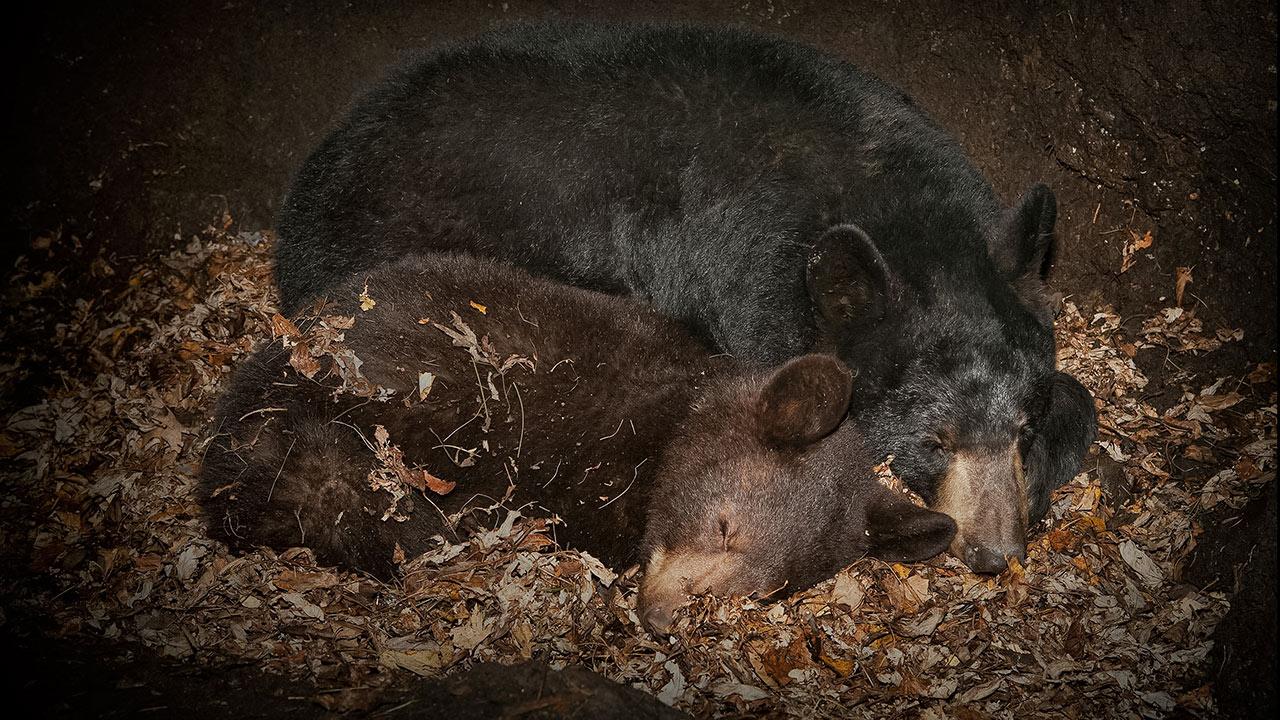Blog

Cave Considerations
Cave Considerations
Across the last few blog posts we have addressed the pandemic caused by coronavirus and the impact COVID-19 has had on our society and the global community. We discussed ways you could choose to respond and ways you can take care of your physical body during this time. Today, guest blogger Christy McLeod shares a perspective which causes us to consider how we can make a positive shift in our mindset during this unexpected pause in our lives.
With each season of our lives we must decide how we are going to respond to what we are experiencing. In our current situation, it is easy to find ourselves inundated with information and overwhelmed by all that is going on around us. This is challenging, because we cannot turn to our usual relationships or ways of doing things to find peace and comfort. Instead, we must consider what we can take responsibility for and how we will process and thrive in this time. Perhaps we can do so by learning from the bear.
How do bears survive winter? Bears are created to hibernate for five to six months each winter, typically from October through March. Bears hibernate in rock caves, hollow trees, and excavated dens, filled with leaves and twigs to make it snug and cozy for their rest. Their body composition enables them to do so successfully by lowering their metabolism, reducing body temperatures, and reusing proteins and calcium.
What sustains bears during hibernation? Bears in hibernation have three main resources: the food that they have in their bellies, the safety of the caves where they sleep and their ability to find sustaining peace amidst the extreme seasonal changes such as snow or freezing temperatures.
What if the bear went against its nature? By now we have a mental image of a well-fed bear safely tucked into a cave, snoozing through the winter. Imagine how the bear would be impacted if it went outside the cave every few minutes to check the weather? How would its body temperature and metabolism be affected if it went beyond the cave entrance and trenched through the snow? The unnecessary pacing and worrying would leave the bear cold, disrupted and robbed of rest. The bear would be hungrier, weaker and it might miss the intent of the season, which is to rest. It is not the bear’s job to control anything going on outside the cave, for the bear is wired to rest in the safety of the cave, until the time to come out arrives.
What does the bear gain from time in the cave? The bear gains safety and peace. It gains the opportunity to focus inward. It lives to see another year of life as a bear. The bear’s life is literally saved because of a natural instinct to focus on internalized resources and to stay burrowed in the cave during a lean and harsh time in the outside elements.
What happens when the hibernation ends? When the bear comes out of the cave it is just as much stepping into life as when it was in the cave, the difference is that some evidences of life are more externally visible. You can see the green grass growing. You can feel spring breezes whistle through emerging wildflowers and budding trees. You can see salmon swimming. Just because these things were not visible to the bear inside the cave, did not mean that life had stopped. Rather, the bear resting was just as much a component of life as when the bear emerges into the woodland life.
So what does this mean for humans during this pandemic? We too can focus inwardly on what gives us rest. We can choose what we spend our time focusing on and the amount of information we let in. We can acknowledge that we are in a season, and life can be found within it. We can dive into rest. Life is not stopped, rather it looks different in this uncertainty.
What is one thing you can do today to be more like the bear?
Christy McLeod is a Registered Clinical Counsellor (RCC) in British Columbia, Canada. She has been studying and working in the field of Psychology for almost 2 decades and currently has a private practice in which she counsels clients online. Christy comes from a strength-based perspective in her personal and professional life, working with clients to thrive in whatever they may be experiencing. In her free time she writes, runs and surfs when the opportunity presents itself. She can be found at: www.christymcleodcounselling.com.
